Rhododendrons: A beautiful excuse to lose the battle against invading flowers
Charles Quest-Ritson explains why these gorgeous purple flowers are not such a bad thing, really.

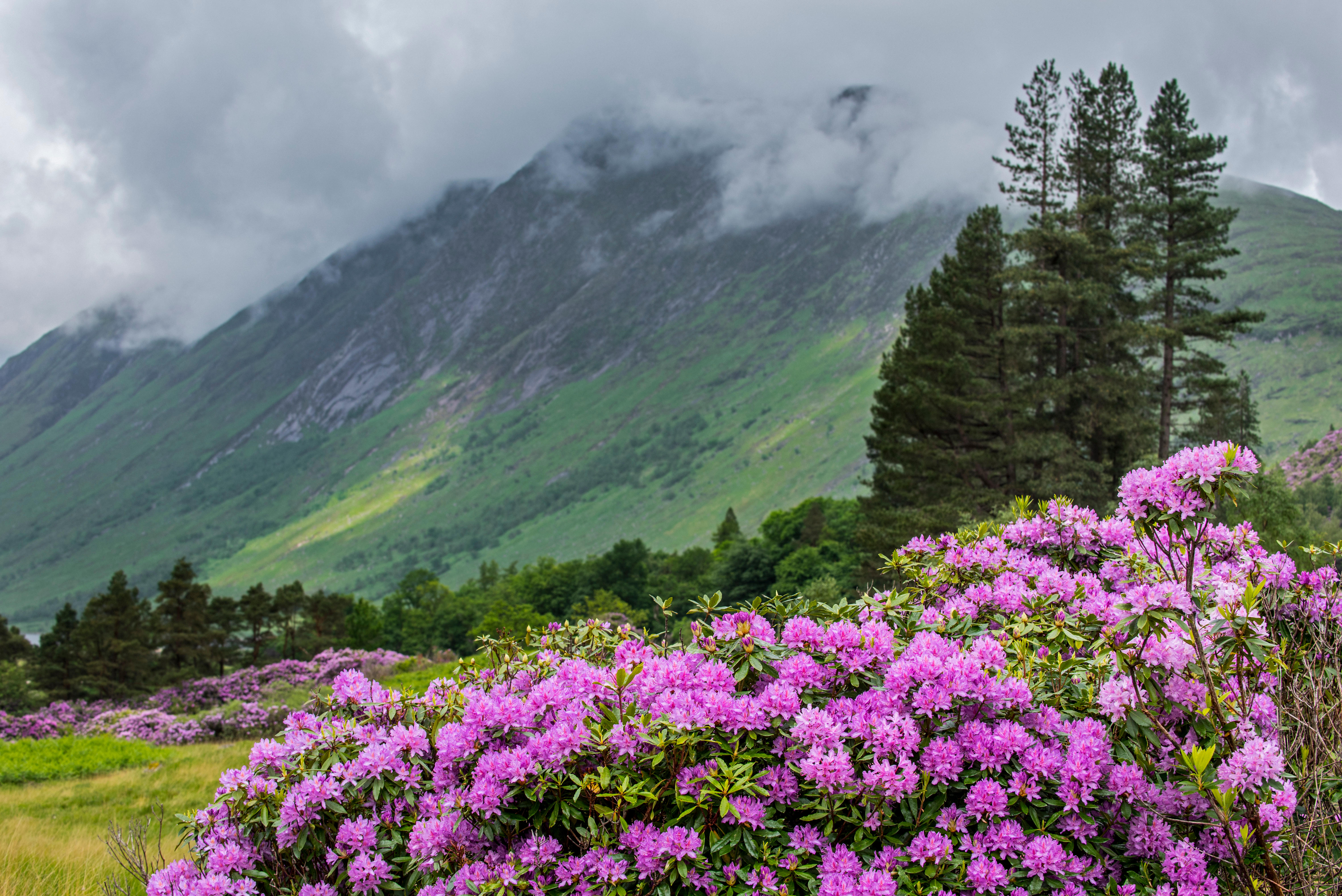
I adore Rhododendron ponticum. I know it’s a thug and that readers of Country Life spend time and money getting rid of it, but no one can deny its beauty in flower. Ive seen it in June, purpling the Mountains of Mourne as heather will in August. I’ve driven along miles of estate roads at Cragside in Northumberland with nothing but glorious R. ponticum on either side.
I’ve admired its takeover of historic landscapes, such as Wörlitz and Muskau in eastern Germany, and I’ve stood at nearly 8,000ft on the Georgian Military Highway, transfixed by rivers of purple and gold running down the mountainsides – the gold coming from another good doer in British conditions, the sweet-scented azalea R. luteum.
In fact, the British form of Ponticum (as everyone calls it) originated not in the Caucasus, but in the mountains of south-west Spain. It was introduced to England in the 18th century and soon made itself at home in the rest of the British Isles. Some botanists maintain that it wasn’t the only immigrant rhododendron to flourish and go native: they say two North American species, R. catawbiense and R. maximum, also introduced in the 18th century, have combined with R. ponticum in an invasive hybrid they call R. x superponticum.
It’s an attractive theory, as it puts forward hybrid vigour as an explanation for the takeover of our moors and mountains.
In short, it offers us an excuse for losing the battle against the invaders. However, it’s not true: there’s quite a lot of natural variation among the wild forms of Ponticum in Spain (and in the Serra de Monchique in southern Portugal). That variation equates with what we find in naturalised populations in Britain and Ireland.
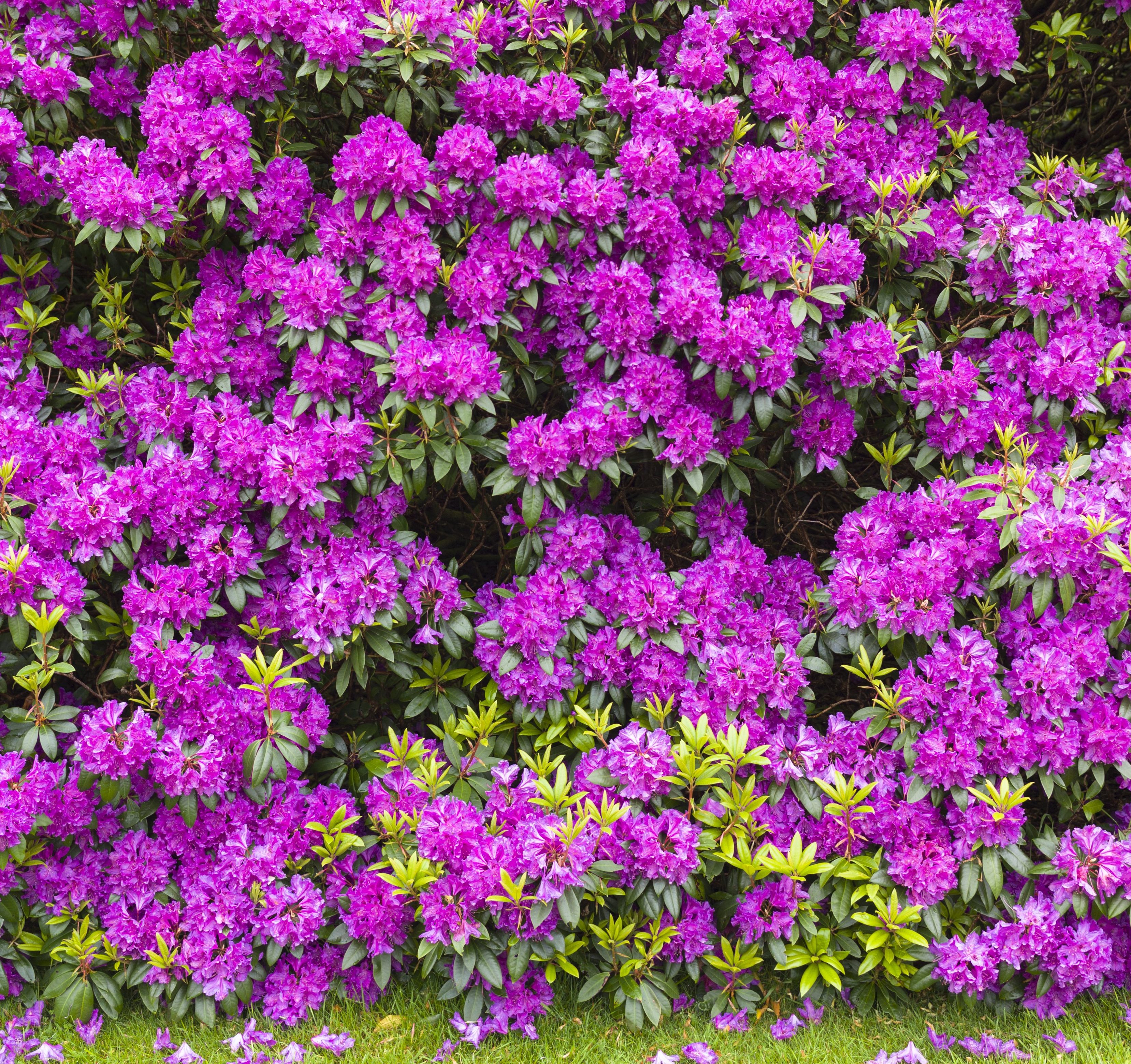
Ponticum doesn’t poison the soil, as some suppose, but it does smother native plants because it’s allelopathic, which means it exudes toxins to suppress the germination or establishment of rival species close to it. The leaves are poisonous, so herbivores won’t eat them – not even goats. Bumble bees are its main pollinators and they’re so besotted by its flowers that other plants may miss out on the chance to set seed. Ecologists are unanimous in their condemnation: R. ponticum is a Bad Thing.
And yet, I love it. The cool loveliness of those purple flowers, proudly held in noble trusses above the bold, evergreen foliage, is forever associated with the long days of early summer, the happiest weeks of the year. Many are the hybrids that owe their hardiness and beauty to R. ponticum.
Exquisite houses, the beauty of Nature, and how to get the most from your life, straight to your inbox.
Panic struck the UK’s horticulturists a few years ago when it was suggested that any cultivar descended from Ponticum would be lost to gardens as a result of an EU directive that required nurserymen not to sell them and gardeners not to plant them.
The list of rhododendrons we would lose made me realise how much we owe to this gorgeous species: classic hybrids such as Cunningham’s White and my own favourite Purple Splendour, the famous azaleodendron Brough-tonii Aureum (a cross between a rhododendron and an azalea) and hybrids to which the RHS has given its Award of Garden Merit, including Blue Peter, Madame Masson and handsome, semi-double Fastuosum Flore Pleno.
My grandfather’s garden in Surrey, the first I remember, had five acres of rhododendron woodland that had never been properly managed. I should explain that Ponticum was, until recently, widely used as a rootstock for cultivated varieties and, as so often happens, it threw up suckers that gradually overwhelmed the superior cultivars they were supposed to support.
In the Second World War, when the garden was left to Nature, many of our woodland walks were lost beneath spreading branches of purple rhododendrons. Fifty years ago, one of the gardeners’ main winter jobs was to cut back their tree-like trunks and dig out their roots, to minimise the spread of honey fungus. We used a lot of Ponticum wood in the house; I remember how light the logs were and how warmly they burned.
Many gardeners look back on their childhood garden as a kind of Paradise Lost. My grandfather’s garden had acid soil – the same Bagshot sand of the Savill Gardens and the Floral Mile of nurseries along the old A30 – but most of my life has been spent gardening on alkaline soils and our present garden on the chalk slopes of the Itchen Valley will never support a rhododendron of any sort, nor camellias, meconopsis or the best magnolias.
Perhaps that explains, better than anything else, my love and longing for sumptuous, incomparable R. ponticum.
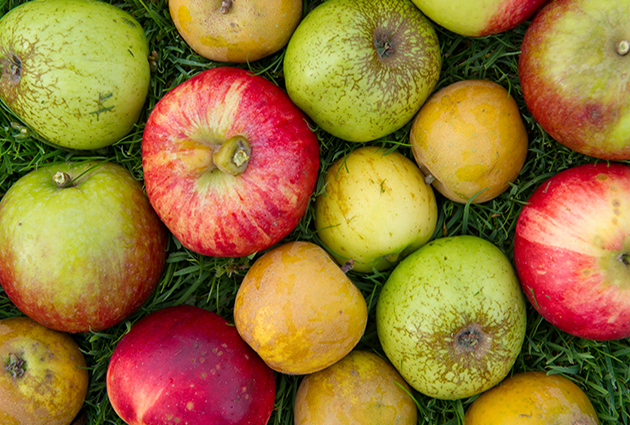
Our guide to planting heritage apples
Charles Quest-Ritson plants heritage apples.
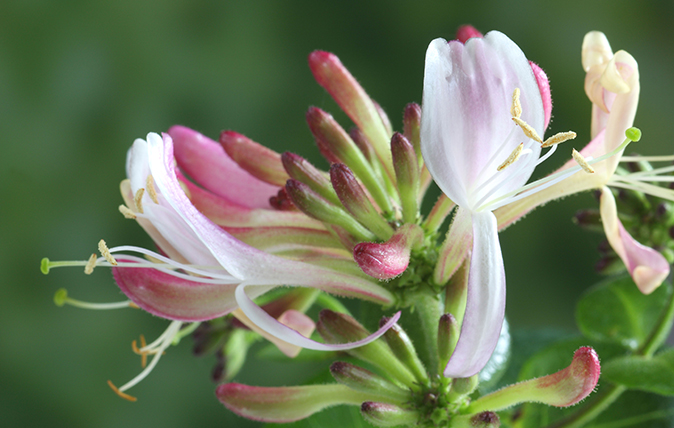
The best honeysuckle to grow in your garden – especially if they’re gifts from now-departed friends
Charles Quest-Ritson extols the virtues of delightful honeysuckle.
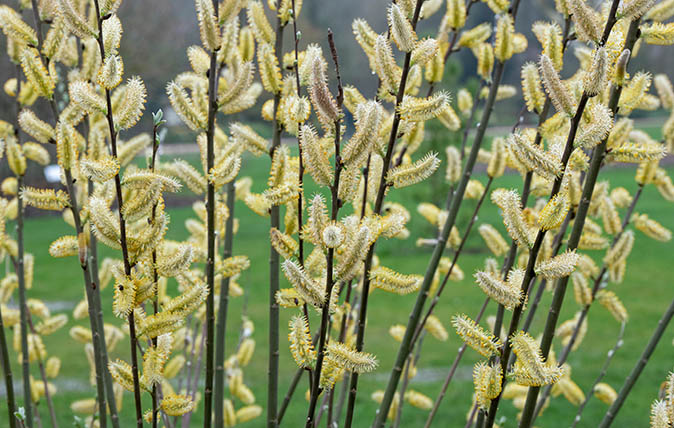
What to plant if you're thinking of putting a willow in your garden
Charles Quest-Ritson offers advice on this incredibly vibrant plant.
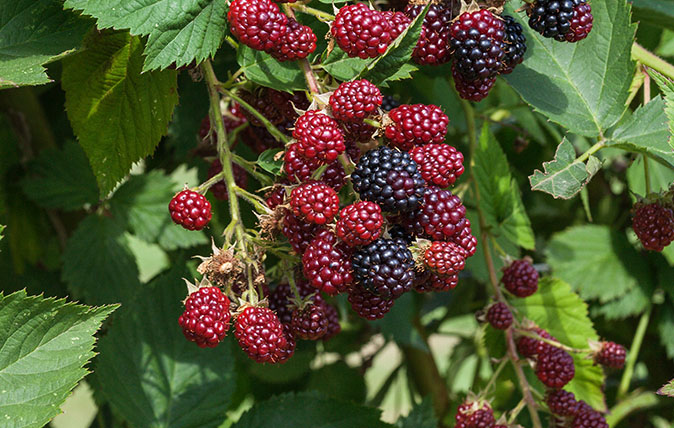
Credit: Alamy Stock Photo
The Loch Ness blackberry: A welcome monster
Charles Quest-Ritson offers his advice on taming this exquisitely flowered fruit.
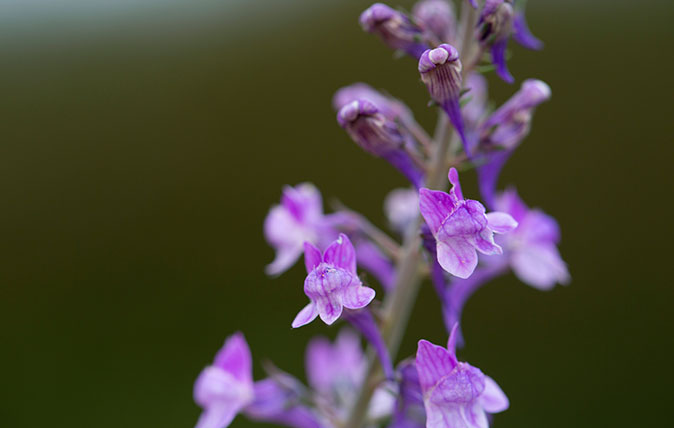
Credit: Alamy
The daftest plant name in English, and how it belongs to a wonderful flower just starting to show its potential
There are a lot of silly names for flowers our there – and Charles Quest-Ritson has a chilling warning for those
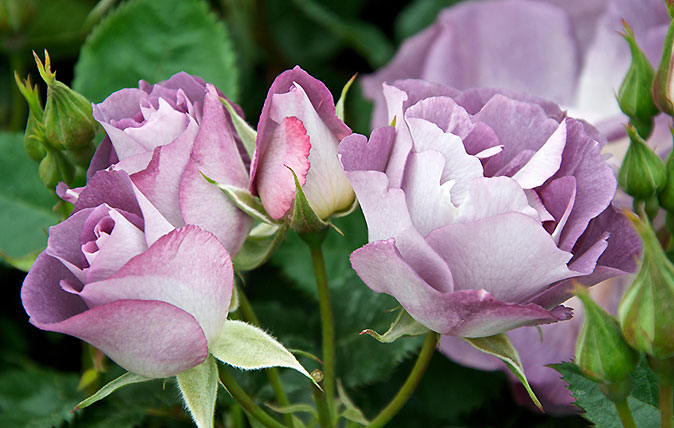
Ultimate guide to growing roses: What to plant, where to plant it, and why you really don’t need to prune
Charles Quest-Ritson, author of the RHS Encylcopedia of Roses, tells you everything you need to know about growing roses.
Charles Quest-Ritson is a historian and writer about plants and gardens. His books include The English Garden: A Social History; Gardens of Europe; and Ninfa: The Most Romantic Garden in the World. He is a great enthusiast for roses — he wrote the RHS Encyclopedia of Roses jointly with his wife Brigid and spent five years writing his definitive Climbing Roses of the World (descriptions of 1,6oo varieties!). Food is another passion: he was the first Englishman to qualify as an olive oil taster in accordance with EU norms. He has lectured in five languages and in all six continents except Antarctica, where he missed his chance when his son-in-law was Governor of the Falkland Islands.
